Best Times for Bees Relocations
Timing is a critical factor in successful bees relocations. The optimal period depends on bee activity cycles, hive development stages, and local climate conditions. Proper timing minimizes disruption to the colony and ensures safety during the process.
Spring offers ideal conditions for bees relocations as colonies are expanding, and weather is conducive to hive transport and installation.
This period allows colonies to settle before winter, reducing stress and increasing survival chances after relocation.
Relocating bees during winter is not recommended due to reduced activity, hive dormancy, and increased risks of colony failure.
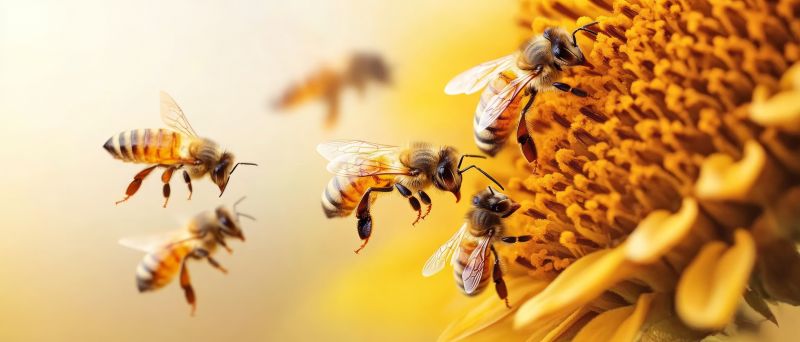
Bees are highly active during spring, making it an optimal time for relocation.
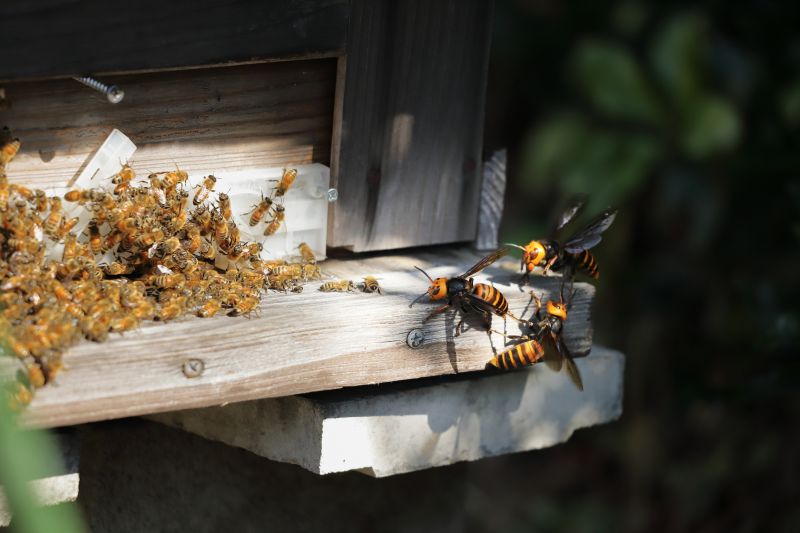
Peak hive activity occurs in summer, facilitating smooth transitions.
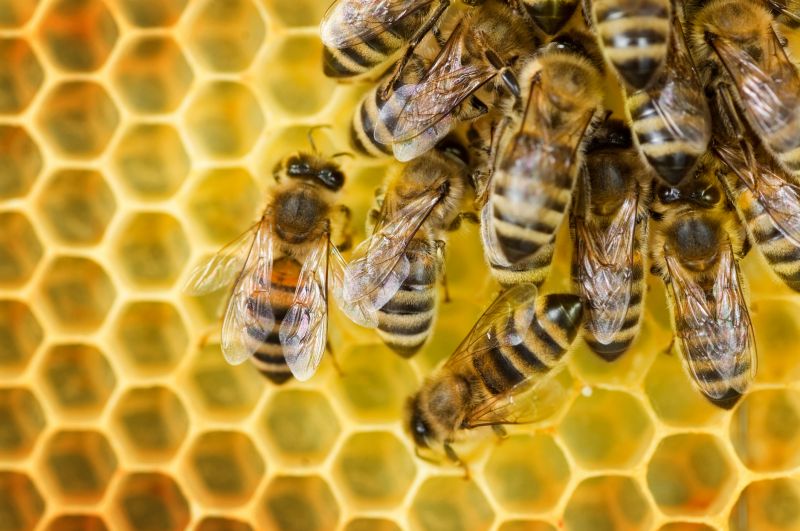
Relocating in early fall supports colony health before winter dormancy.
| Season | Best Time for Bees Relocations |
|---|---|
| Spring | Optimal for hive expansion and colony health during relocation. |
| Summer | Suitable due to high activity levels, ensuring minimal disruption. |
| Fall | Ideal for preparing colonies for winter after relocation. |
| Winter | Not recommended due to hive dormancy and low activity. |
Bees relocations require careful planning to ensure the safety of the colony and the success of the move. Timing influences the colony's ability to adapt to a new environment and recover from the stress of relocation. Proper season selection can improve survival rates and hive productivity.

Spring relocations leverage active hive growth and favorable weather.

High summer activity supports successful hive transfers.
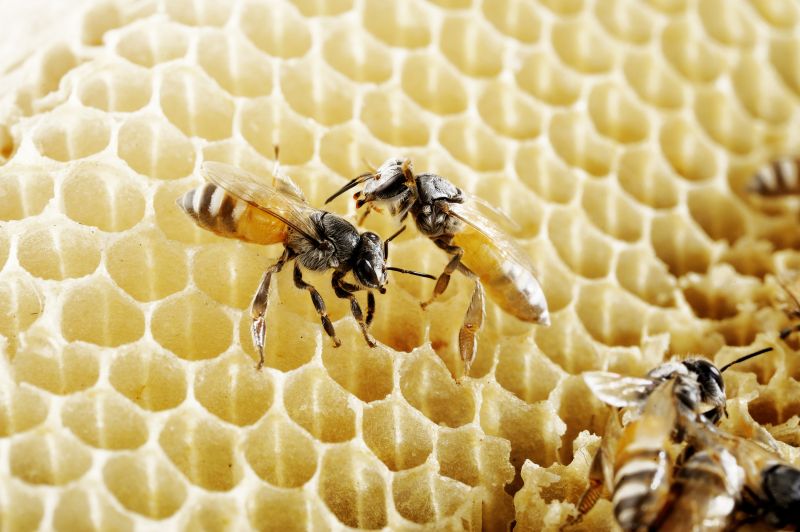
Early fall relocations help colonies establish before winter.
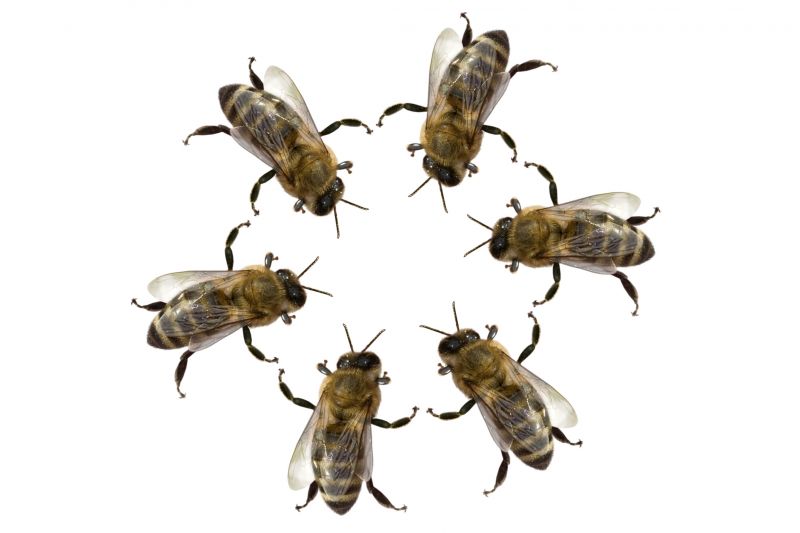
Winter moves can lead to colony failure due to dormancy.
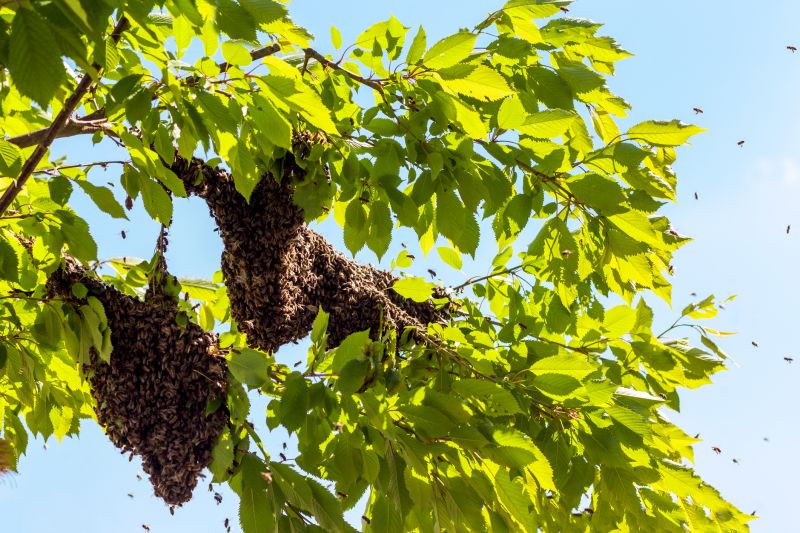
Ways to make Bees Relocations work in tight or awkward layouts.

Popular materials for Bees Relocations and why they hold up over time.

Simple add-ons that improve Bees Relocations without blowing the budget.
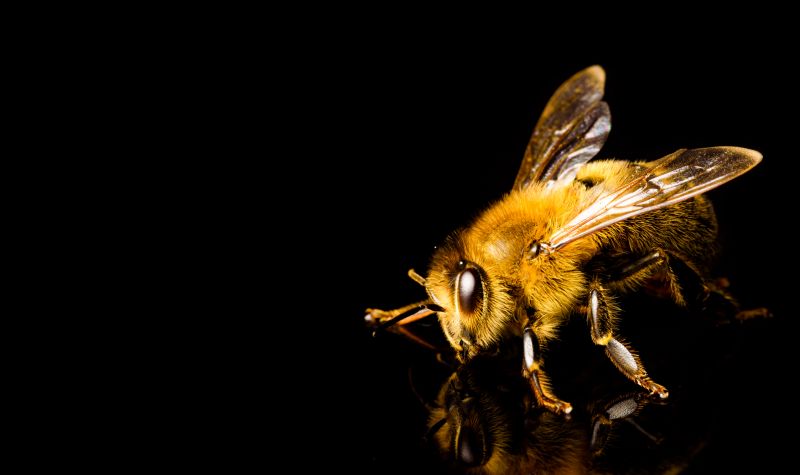
High-end options that actually feel worth it for Bees Relocations.
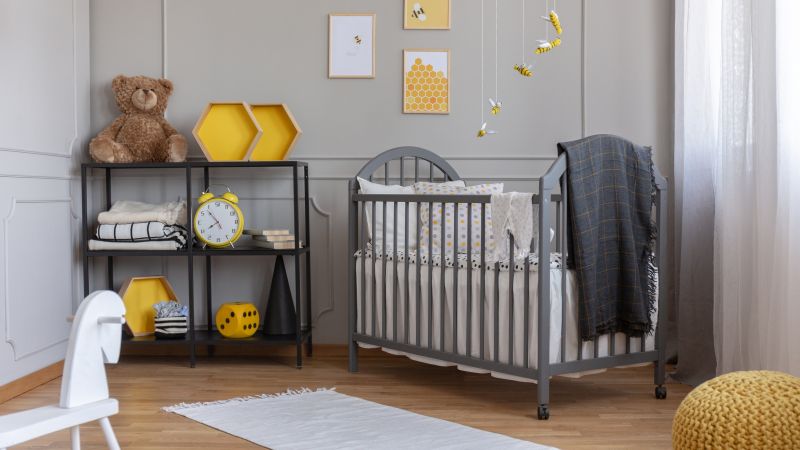
Finishes and colors that play nicely with Bees Relocations.

Little measurements that prevent headaches on Bees Relocations day.

A 60-second routine that keeps Bees Relocations looking new.
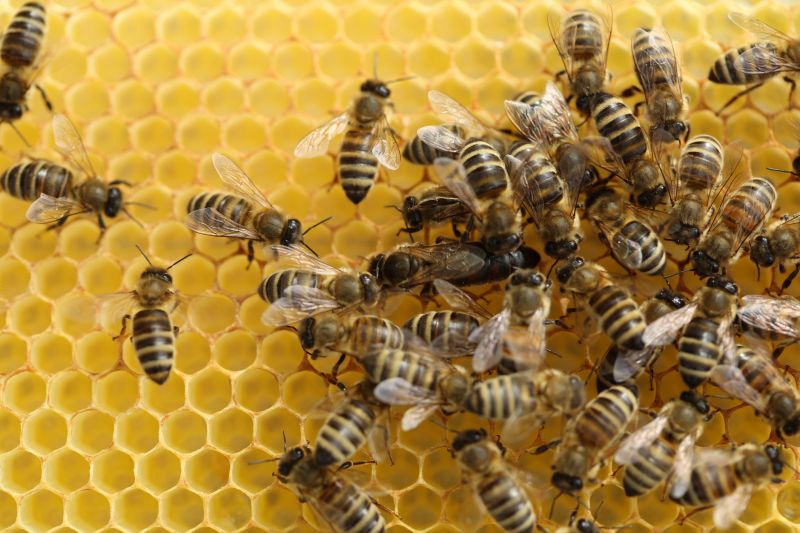
A frequent mistake in Bees Relocations and how to dodge it.
Interested in scheduling a bees relocation? Filling out the contact form provides an opportunity to discuss timing options and specific needs for a safe and effective hive transfer.



